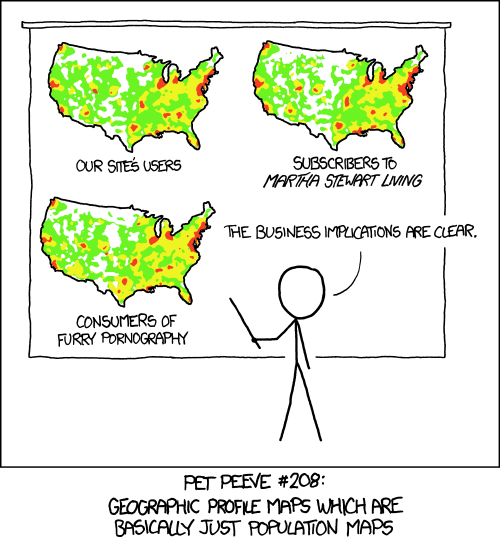Cavallini and Company is a stationery and gifts company that uses vintage imagery from the 19th and 20th centuries in its products, including botanical drawings, travel posters—and maps. There are map calendars, file folders, pencil cases, notebooks, magnets and wrapping papers, among many other items. You’ll often find them in stationery and map stores.
This month I decided to participate (at least a little) in A Month of Letters, and for that I needed to restock my stationery supply. Since I’m known to have a thing about maps, I figured I’d try out two of Cavallini’s products: their vintage map postcards and their vintage map stickers. Both come in metal tins that feel retro in and of themselves.











